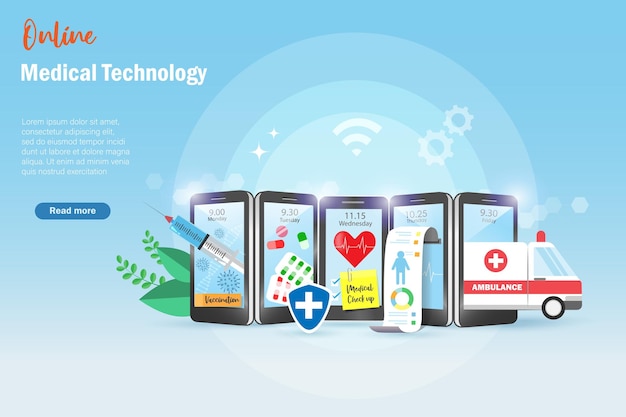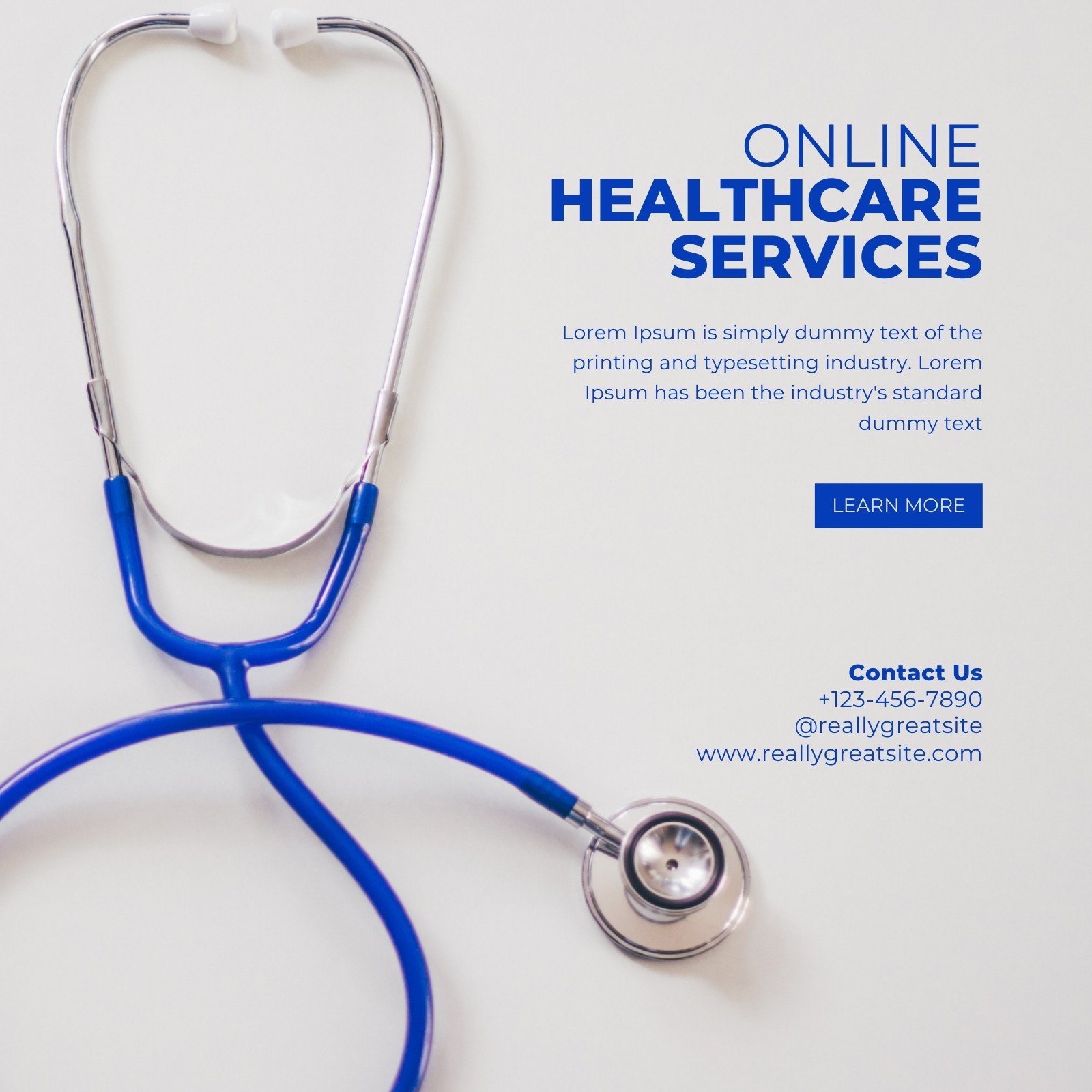Unlocking the Secrets of Subscription Based Healthcare for Better Patient Outcomes
Unlocking the Secrets of Subscription Based Healthcare for Better Patient Outcomes
Blog Article
Just How Subscription-Based Healthcare Is Transforming the Medical Sector

The Rise of Subscription Healthcare
Over the last few years, the health care market has experienced a considerable shift in the direction of subscription-based versions, reflecting broader consumer patterns favoring ease and predictability. This improvement is driven by the enhancing need for more available and customized care solutions. Subscription health care, often described as attendant medicine or direct main treatment, provides people a fixed regular monthly fee for a series of medical services, considerably altering conventional fee-for-service models.
The surge of membership health care is promoted by advancements in innovation, which make it possible for structured communication in between service providers and clients - subscription based healthcare. Digital platforms and telehealth services have actually come to be indispensable, offering clients the capability to arrange appointments, access medical records, and receive assessments online. This technical assimilation not only boosts patient involvement but also allows suppliers to supply much more reliable treatment
Furthermore, the subscription design aligns with the developing expectations of clients who look for even more control over their healthcare expenditures and experiences. By getting rid of the changability of co-pays and insurance coverage cases, subscription-based health care supplies a clear and straightforward technique. While this version is getting traction, its spreading faces obstacles such as regulatory hurdles and the necessity for broader acceptance within the standard healthcare ecological community. However, its expanding visibility marks a turning point in the evolution of health care delivery.
Advantages for Patients and Carriers
Subscription-based healthcare uses a wide range of benefits for both carriers and people, reshaping the characteristics of clinical care. For individuals, this model gives improved accessibility to health care solutions. With a predictable monthly fee, individuals can delight in limitless appointments, minimized delay times, and personalized care. This plan typically causes a much more positive strategy to wellness monitoring, enabling prompt interventions that can avoid chronic conditions from rising. Moreover, the economic transparency of membership designs lowers the changability connected with standard fee-for-service payment, alleviating the worry of unanticipated clinical expenses.
For healthcare carriers, subscription-based designs promote a more gratifying and sustainable technique. Administrative tasks are usually structured, decreasing above prices and permitting carriers to commit more time to patient communication. In general, subscription-based health care lines up the motivations of carriers and people, advertising a much more efficient and patient-centered medical care delivery system.
Key Attributes of the Version
Frequently, the crucial attributes of the subscription-based medical care model highlight its distinctive strategy to supplying clinical solutions. Central to this model is the concept of foreseeable, month-to-month settlements, offering people an extensive series of solutions without the changability of traditional fee-for-service frameworks. This model frequently includes unrestricted accessibility to medical care solutions, precautionary care, and routine check-ups, guaranteeing that individuals can engage with their healthcare carriers proactively rather than reactively.
Additionally, straight interaction channels, such as telemedicine and messaging systems, are emphasized, allowing clients to get timely advice and consultations without needing in-person appointments. This boosts accessibility and benefit, particularly for people with wheelchair restraints or those staying in remote areas. The model additionally fosters stronger doctor-patient relationships, as healthcare providers are incentivized to concentrate on lasting wellness outcomes instead of temporary brows through.
Additionally, subscription-based medical care often incorporates technical developments, such as electronic health records and wellness monitoring applications, to supply individualized and reliable treatment. People take advantage of worked with and continual care management, which is tailored to their certain health and wellness needs. Ultimately, these features collectively produce a patient-centered health care experience, focusing on ease of access, cost openness, and preventive treatment.

Factors To Consider and obstacles
While the subscription-based healthcare model supplies many benefits, it is not without its considerations and obstacles. Subscription models might accidentally favor those with higher socioeconomic standing, potentially widening differences in medical care access for lower-income people who might battle with month-to-month charges.
One more challenge hinges on governing conformity. Subscription-based medical care has to browse an intricate web of guidelines that differ by region, including problems around individual privacy, information protection, and state licensing requirements. Ensuring compliance without impeding the model's flexibility and advancement can be intimidating for service providers.
Additionally, there is the risk of overutilization or underutilization of solutions. Patients paying a dealt with cost may overuse services, causing boosted functional expenses, while others might underutilize because of be afraid of straining the system, potentially overlooking required care.
Future Leads and Innovations
The landscape of subscription-based health care is positioned for transformation through emerging blog innovations and evolving potential customers. As technology proceeds to breakthrough, the combination of expert system and artificial intelligence presents significant possibilities to enhance diagnostic precision and simplify patient management. Predictive analytics can reinvent preventative care by recognizing prospective wellness risks before they materialize, therefore reducing both prices and the concern on medical care systems.
Additionally, telemedicine is established to increase within registration versions, offering clients boosted access to health care specialists regardless of geographical constraints. This not just helps with connection of care but additionally equips people to involve more actively in their health monitoring. In addition, blockchain innovation supplies potential in protecting client information and guaranteeing interoperability throughout systems, promoting trust and openness.
The development of personalized medication is another frontier, with subscription models giving a special structure for supplying customized wellness services. Genetic testing and customized therapy plans can be seamlessly incorporated, straightening patient requires with specific clinical treatments. Additionally, partnerships in between technology business and medical care suppliers are likely to generate ingenious solutions, improving client experiences and end results. As these leads appear, subscription-based medical care has the prospective to redefine just how treatment is delivered and accessed.
Conclusion
Subscription-based medical care is transforming the medical industry by supplying a much more available, predictable, and patient-centered technique to medical solutions. This design improves patient-provider partnerships, guarantees monetary openness, and highlights preventive care via limitless consultations and telemedicine. Regardless of challenges such as regulative difficulties and prospective differences in accessibility, the registration version holds pledge for a much more customized and reliable other healthcare experience. As modern technology breakthroughs, further developments are most likely to deal with existing challenges and maximize medical care delivery.
Registration health care, sometimes referred to as attendant medicine or direct main care, supplies individuals a fixed regular monthly cost for find more information a variety of medical services, dramatically modifying standard fee-for-service models.
In addition, the membership version lines up with the evolving assumptions of individuals who seek more control over their healthcare expenses and experiences. For individuals, this version gives boosted accessibility to healthcare solutions. In general, subscription-based healthcare aligns the incentives of providers and patients, advertising a more patient-centered and reliable medical care distribution system.
Additionally, telemedicine is established to increase within membership models, offering individuals boosted accessibility to medical care experts no matter of geographical constraints. - subscription based healthcare
Report this page